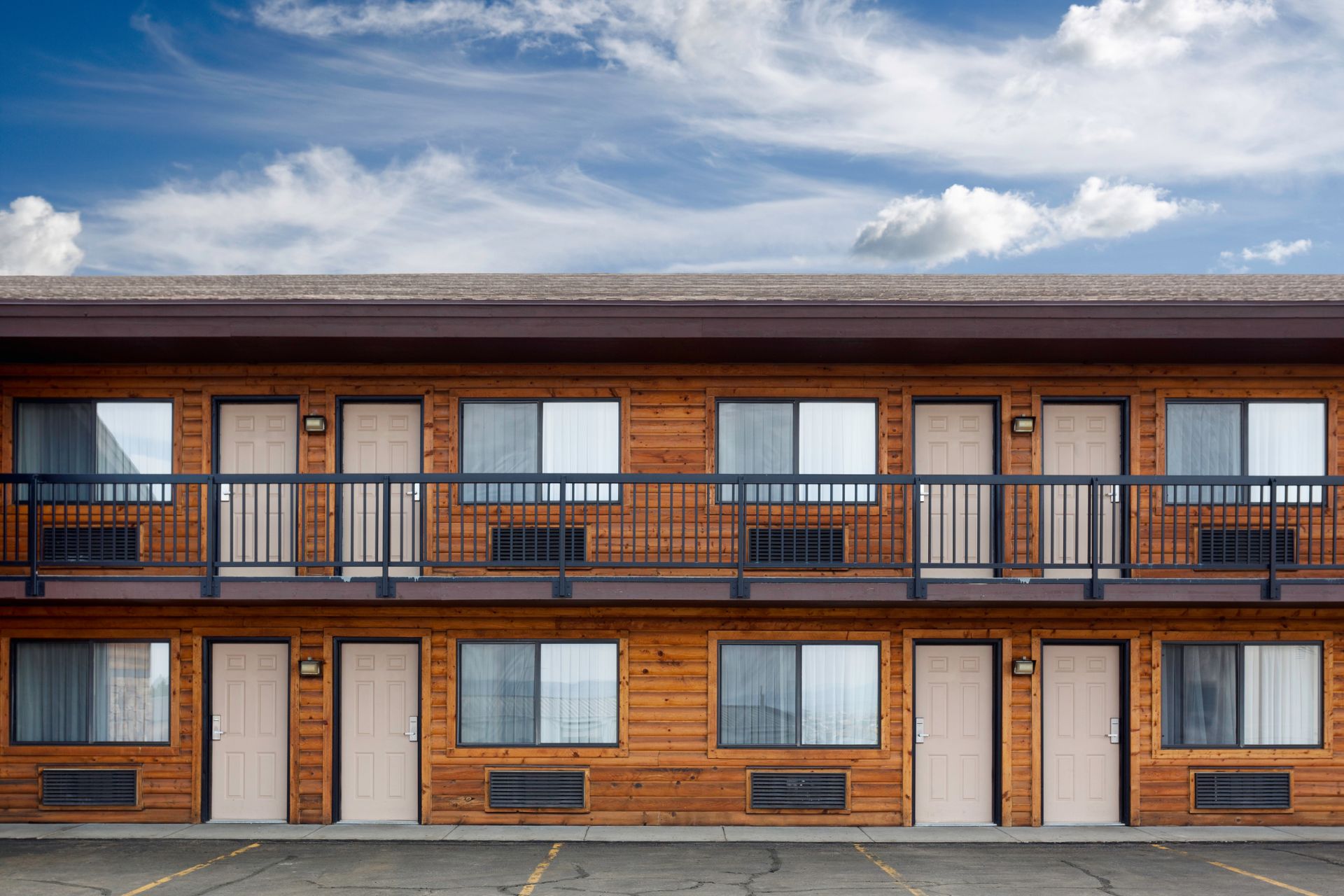
Trust Our Certified GAF Installers

Enjoy Easy Financing

Solve Your Roofing Problems Today
Low Slope - Flat Roofers in Lutz
Choosing the Right Low Slope Roofing Materials for Lutz's Climate

A low-slope or flat roof on a Lutz property requires a system specifically engineered to overcome our region's unique climate pressures. Your roof must be able to withstand the intense Florida sun that relentlessly bakes flat roofing membranes and master the challenge of managing heavy, sudden rainfall. This expert guide explores the leading solutions for protecting your residential or commercial property.
TPO (Thermoplastic Olefin) Roofing Systems
Pros: A premier choice for modern flat roofs, TPO's key advantage is its reflective white surface, which provides an excellent defense against the intense Florida sun and helps lower your property's cooling costs. The system's heat-welded seams create a seamless waterproof barrier, which is essential for managing heavy, sudden rainfall without leaks.
Cons: The long-term performance of TPO is entirely dependent on the skill of the installer. The quality of the seam welds is crucial for the roof's integrity, making an experienced contractor a necessity.
Modified Bitumen Systems
Pros: This multi-ply, asphalt-based system is renowned for its exceptional durability and resistance to punctures, making it a reliable workhorse for roofs that experience foot traffic or have extensive rooftop equipment.
Cons: To be effective against the intense sun in Lutz, a traditional black modified bitumen roof must be treated with a reflective "cool roof" coating. Without this, it will absorb a tremendous amount of solar heat, increasing energy consumption and accelerating the aging of the membrane.
Why a Local, Certified Contractor Matters in Lutz
When investing in a low-slope roof, your contractor's local expertise is a critical asset. An in-depth knowledge of Hillsborough County's building codes, especially the stringent requirements for wind uplift and positive drainage on flat roofs, is essential for a safe, compliant installation. As a certified contractor for industry leaders like GAF, John Hogan Roofing has the proven expertise to meet these demanding standards. This certification also allows us to offer their most powerful, long-term NDL (No Dollar Limit) warranties, providing crucial protection for your significant investment.
Common Low Slope Roofing Questions from Lutz Property Owners
What is the primary cause of leaks on flat roofs in Florida?
Improper drainage is the number one culprit. Flat roofs must be designed with a slight but adequate slope to prevent "ponding water" after heavy rainfall. Standing water puts immense stress on the roofing system and will inevitably find any small flaw, leading to a leak. Professional installation is the key to preventing this.
How can a new commercial roof lower my operating costs?
A new, professionally installed "cool roof" can significantly reduce your energy consumption. By reflecting the intense Florida sun, it lowers the heat absorbed by your building, which lessens the workload on your HVAC system and can lead to substantial savings on your monthly electric bills.
The John Hogan Roofing Difference: Quality and Integrity
For over two decades, our family-owned business has been built on a foundation of technical excellence and an unwavering commitment to our community. We understand the unique challenges of protecting properties in Lutz because we are your neighbors. Our mission is to provide every client with a reliable, long-lasting roofing solution and a customer service experience built on trust and respect. If your flat roof needs expert attention, contact us today for a comprehensive and free evaluation.
